In Portugal’s Douro valley, centuries-old winemaking traditions meet modern chemistry to create a sweet and intense fortified wine. Bárbara Pinho talks to the experts about the compounds and reactions behind a festive favourite
- Origins and fortification: Port wine emerged from the need to stabilise wines for shipping to England, leading to the practice of fortifying with neutral wine spirit, which stops fermentation and preserves natural sugars, creating a sweet, high-alcohol drink.
- Grape chemistry and extraction: The Douro valley’s hot, dry climate produces sugar-rich grapes packed with tannins, anthocyanins and aroma precursors. Traditional foot treading maximises extraction, initiating complex interactions that shape port’s colour and flavour.
- Colour and ageing: Anthocyanins and tannins form stable complexes, aided by acetaldehydes, defining port’s colour. Ageing style – ruby, vintage or tawny – affects oxidation and flavour development, with tawny ports undergoing long oxidative ageing in casks for nutty, caramel notes.
- Flavour evolution and pairing: Slow Maillard reactions and wood contact create layered aromas in aged ports, from fruity ruby to oak and vanilla in tawny. Port pairs well with desserts, cheeses and rich meats, offering a sensory experience rooted in chemistry.
This summary was generated by AI and checked by a human editor
The path to the vineyard is uphill. It’s a warm September morning, and while the rising temperatures may seem unforgiving for the tourists exploring the Quinta do Roêda, a port vineyard in northern Portugal, surely those working in the fields are sweating a little more.
September marks the peak of the grape harvest. The grape picker’s job is tiring and meticulous, with a vineyard’s winemaker guiding workers on which grapes to pick first. The vineyards have workers following paths to gather the fruit, moving along multiple rows of vines, up and down the steps built into the hilly terrain. It’s a typical view for locals: the valley of the Douro river, with its steep slopes and endless rows of vines.
It’s late September and most grapes have been picked – which is why David Guimaraens, head winemaker at The Fladgate Partnership, had time to sit down with Chemistry World to talk about the science behind port making. And it all starts with geography.
‘One of the beauties of mountain viticulture is you have differences in temperature depending on altitude or aspect,’ Guimaraens explains. As we sit in the middle of the vineyard, facing a striped landscape of vines and the Douro River, he points towards different areas of the Quinta do Roêda.
‘A north-facing vineyard, that side of the river, is 2°C cooler than the south-facing vineyard over here. As you go up in altitude, the temperature drops too,’ he explains. ‘In the Douro valley, we just have this incredible puzzle of diversity within the same region.’
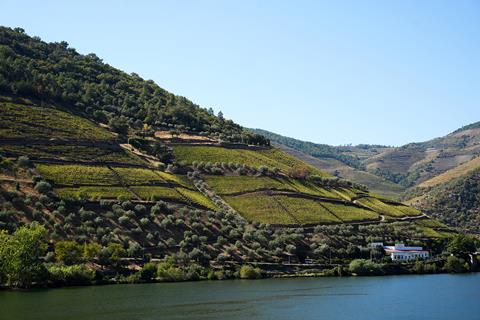
Guimaraens was born in Portugal, but spent part of his life in England before moving to Australia to study oenology, the science of winemaking. He has been in the winemaking business for decades. His father was a winemaker himself, as were several of his ancestors before him.
Port wine is made in Portugal but is intimately tied to the UK. Commercial treaties dating back to the 14th century paved the way for British merchants to establish themselves across northern Portugal and engage in the wine trade. They traded regular table wine, but that trade gradually gave rise to the fortified wine that we now know as port.
‘Originally, when the merchants would send the wine by ship to England, these wines didn’t travel well,’ he says. He tells the story of how merchants in the early days (around the 17th century) would ‘fortify’ the wine, meaning they added alcohol to prevent it from spoiling. ‘This not only makes it more stable to travel but it’s the reason why fortified wines age so well.’
Over time, fortifying wine became more common, creating wines that were sweeter, fuller-bodied, and richer in aroma. These were qualities that British consumers came to favour. By the mid-19th century, port had established itself as the iconic fortified wine we recognise today.
A fruity start in the Douro valley
Every glass of port begins with grapes. Port’s deep colour, sweetness and complex aromas are the result of countless interactions between polyphenols such as tannins, pigments, sugars and alcohol – all stemming from the remarkably sweet grapes that grow in the Douro valley. ‘A lot of heat and a shortage of water naturally produces grapes that ripen to higher sugar,’ Guimaraens says.
The valley can reach high temperatures in the summer. In August alone, the region saw 22 days over 35°C, with meteorological stations near Guimaraens’ vineyard recording temperatures above 43°C. This drives more photosynthesis in the vine and therefore higher sugar levels in the fruit. The fact that it is also a dry region means that the grapes themselves contain less water and thus do not dilute their sugar concentration. All of this contributes to rich, sweet grapes.
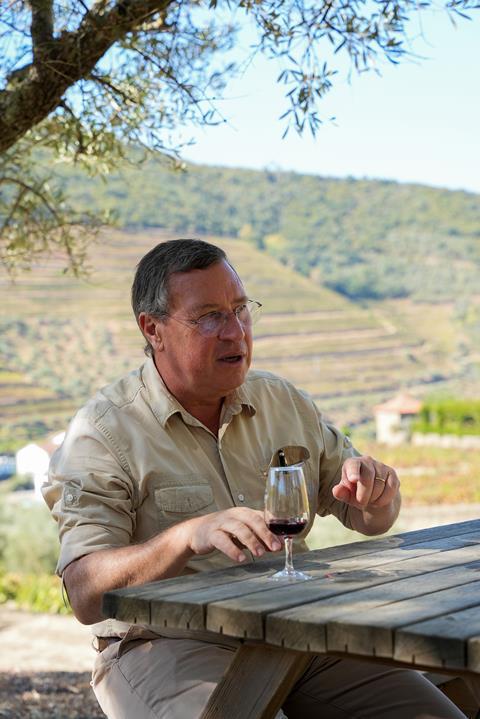
Grapes have different components. Their skins are rich in aroma precursors, yeasts, colour compounds such as anthocyanins, and tannins (a key polyphenol in wine). Their seeds contain plenty of tannins too, while their flesh holds various acids, sugars and water. Winemakers can use over 100 different grape varieties to make port (but there are five predominant varieties), and each will have distinct concentrations of these compounds.
‘The different varieties are like us. As different individuals, we all have our own personality. And if you put different personalities together, in the right proportion, your blend is much more complex,’ Guimaraens adds. ‘Some varieties will give you colour, some will give you acidity, some will give you flavour.’
When the harvest is done, workers take the grapes to processing facilities, where they prepare to crush them and extract all their components into must, the initial grape juice. Guimaraens uses an ancient practice to do this: foot treading, where the grapes are placed in a wide, open-top granite tank and people crush them with their feet. It’s labour-intensive and takes quite some time: workers need to tread the grapes in an organised manner for hours. However, in Guimaraens’ eyes, this manual – or pedal, to be exact – approach is key to making full use of what’s inside the grapes.

‘The reason why we are in the Douro valley […] is that it produces grapes with a lot of colour and tannins. But then if your wine-making method does not extract that, then you’re not getting the quality,’ he explains. ‘Foot treading does that beautifully. It’s a very intense action that is gentle at the same time.’
It’s at this stage that everything in the grape begins to collide. For the first time, its components meet each other and the world outside. Tannins from the seeds mingle with anthocyanins from the skins. Sugars from the pulp become food for yeasts on the skins and drifting in from the environment. A storm of interactions begins, one that’s complex and continues to unfold years later.
When tannins and anthocynanins collide
‘Chemists can look at a wine as if it were a solution made up of many components where they all interact with each other; none of the compounds evolve in isolation,’ says Victor Freitas, chemist at the University of Porto, Portugal.
Freitas has been studying the chemistry of wine for decades, and port is among the many types he has researched. His work has mainly focused on pigmentation and on understanding what gives port its colour, whether that’s the vibrant hue of younger ports (known as ruby) or the tones of decades-old ones, such as tawny or vintage. He particularly highlights the role of tannins in giving port its colour, largely because of how they interact with pigment compounds, the anthocyanins.
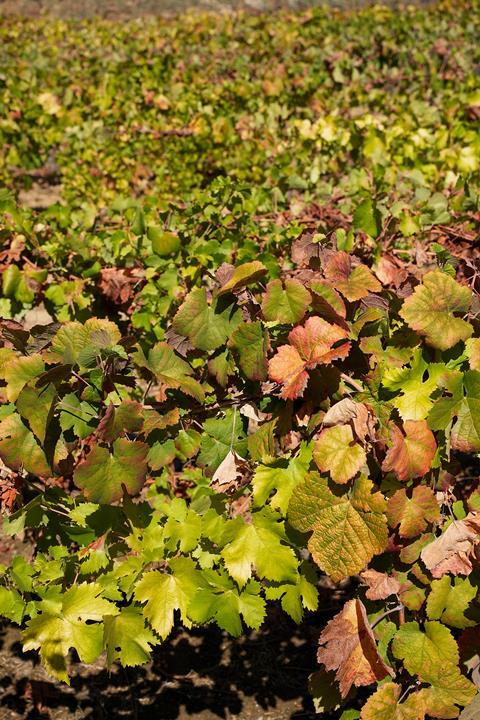
Anthocyanins are common pigments and known for being unstable molecules. They have a skeleton made of two phenyl rings and a third ring with an oxygen heteroatom. In acidic conditions this central rings adopts the flavylium form, which carries a positive charge across the conjugated system. This core structure is bound to one or more sugars, typically glucose. Anthocyanins are highly reactive, which is why different experimental conditions can easily affect the molecule’s structure.
In low-pH environments, for example, the molecule remains relatively stable, but as pH rises, water molecules or hydroxide ions can neutralise this charge and form colourless or differently structured species. Heat, light, oxygen and other environmental factors can all affect anthocyanins and may alter their final colour.

Tannins binding to anthocyanins help stabilise the pigments, a process that plays a key role in defining port’s colour over time. ‘Tannins are substances that interact with other substances forming very strong, very resistant interactions,’ Freitas explains. ‘They will bind themselves to the anthocyanins, forming somewhat stable complexes early in the process.’
To illustrate just how resistant and long-lasting these interactions are, Freitas mentions how ancient mummification practices used balms rich in tannins to preserve corpses. Tannins are also used in leather tanning, from which they take their name. Tannins and anthocyanins begin to interact shortly after the grapes are crushed and continue well into the next stage of port making.
The fortifying step
With so much sugar available, yeast can now get to work. The grapes from Portugal’s Douro valley are exceptionally sweet and the yeasts immediately begin converting it into alcohol while releasing carbon dioxide. As fermentation unfolds, winemakers take regular sugar measurements to track its progress, much like they do when making table wines. However, in port production, there’s one crucial twist that changes the course of what would otherwise be a full-blown feast for yeast: the fermentation is deliberately interrupted.
Adding spirit stops fermentation to ensure that we have a wine with a higher sugar content
‘We stop the fermentation halfway through by adding a neutral wine spirit,’ says Guimaraens. Known in Portuguese as aguardente vínica, this neutral wine spirit is key. At 77% ethanol, it kills yeasts and stops them from continuing to convert sugar into alcohol. This leaves behind a significant amount of sugar in the final juice, all coming naturally from the grape.
‘Adding spirit stops fermentation to ensure that we have a wine with a higher sugar content, a sweet wine,’ says Freitas. The spirit also raises the alcoholic content of the wine: when you buy a bottle of port, 20% of that is ethanol. And so, even though port undergoes a short fermentation period, it becomes a product that is both rich in sugars and alcohol, all thanks to what winemakers call the fortification step.
‘By raising your alcohol level to 20%, which is the level of port, you’re killing your yeast and you retain the natural sugar in your final product. That’s why we are a fortified wine,’ adds Guimaraens. The wine spirit brings more than just alcohol to the mix, though. It contains trace volatile compounds such as esters and terpenes, and, importantly, acetaldehydes (such as ethanal).
Acetaldehydes are important in all winemaking, not just in port. They bind to tannins to form a complex that then binds to anthocyanins, the pigment components, creating a bridge between the tannins and anthocyanins. This binding contributes to making the tannin–anthocyanin complex even more stable.
‘It is true that anthocyanins are not very stable, but this complexation with aldehydes and tannins increases their stability, which is a decisive factor in the colour quality of port wine,’ Freitas says. ‘This chemical bond begins to form during the vinification process and continues throughout the first years of a port wine’s evolution.’
The word ‘evolution’ carries real weight in making port. Port is the kind of drink that requires a single, essential ingredient to begin its journey towards greatness. Some ports need only a little, others far more – but every one of them needs time.
Ageing port
As we entered the cool, dark Sandeman cellars in Vila Nova de Gaia, our noses took the lead, interpreting the space far more quickly than our eyes. Though the darkness limited what we could see, the aromas confirmed almost immediately that we were in the presence of wine chemistry in action.
‘The first thing I say to everybody that comes in here is breathe in through your nose. This is port evaporating, that’s what you smell,’ says George Sandeman, former board member of Sogrape, a wine company in Portugal. He walks us through a large corridor, surrounded by casks of oak where Sandeman, the brand, ages part of its port.
More people visit the cellars – the brand hosts tourists all the time – yet the immense amount of wood and the low ceilings keep the place quiet and serene. But acoustics weren’t on the winemaker’s mind when this place was built; they were thinking about temperature, humidity and shade. All of these matter when it’s time to age port.
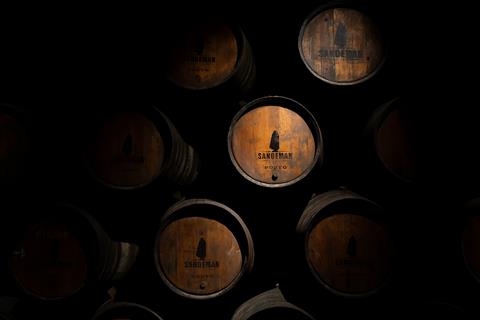
Too warm a place may trigger excessive evaporation and product loss. Too cold a place, and temperature-dependent chemical reactions might slow down. Centuries ago, Vila Nova de Gaia, a city just south of Porto, across the Douro river, was chosen as the place to age the drink because of how it balanced all these parameters.
‘Being close to the river had an advantage because the humidity was high, and that was good for the ageing of the wine,’ Sandeman explains. ‘The temperature was more stable throughout the year, a little less great fluctuations like you have in the Douro [valley].’
How port ages depends on what the winemaker wants to produce, ruby, vintage or tawny. A ruby port is often described as a young port, intended to be fruity and deeply coloured. Therefore winemakers will age these ports for shorter periods (around two to three years). Their goal is that a ruby undergoes very little oxidation, so as not to disturb the original aromas and flavours coming from the grape.
‘Your objective in a ruby port is not to oxidise. You want to keep it as fresh as possible,’ says Sandeman. To avoid exposure to air, and thus oxidation, winemakers age ruby ports, as well as other subtypes of younger ports, in large containers. A vintage port, on the other hand, can age for decades. Vintage is what many call the very best you can get when it comes to port. These are rarer, as they are made from robust grapes of a single outstanding year.
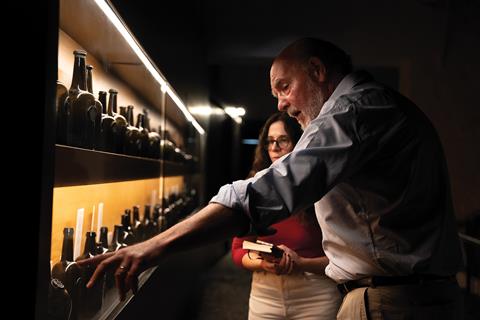
Vintage port is aged in large vats for only about two years before being transferred to bottles, where it continues to mature. ‘This is a port that will reflect the character of the year and the character of the vineyard that it comes from,’ explains Guimaraens.
Vintage ports can be enjoyed shortly after bottling, but their true value comes from ageing for many decades in the cellar. They differ significantly from other ports, such as tawny, because they mature in a bottle rather than a wood cask. Remaining for a long time in a closed, limited environment, they undergo minimal oxidation, allowing the final product to retain a fruity character reminiscent of grapes.
‘Vintage goes through a very mild oxidation process, so it retains its initial characteristics for a much longer period of time,’ explains Freitas. ‘That is why we can open a vintage after 20 years and it still has a deep colour.’
The nuances of tawny port
Tawny ports also age for a long time. They are usually sold under labels such as ‘20 years old’ or ‘30 years old’, but there are some crucial differences between these and other aged ports. For starters, tawny ports are blends of wines from different harvests rather than the product of a single year.
This means that when you buy a 20-year-old bottle of tawny port, you are not buying wine from grapes that were harvested 20 years old. You are buying what a brand’s winemaking team has defined as their 20-year profile. Year after year, that team works to store stocks of wine and blend wines to achieve the same consistent set of tasting notes that consumers expect from that profile. The same happens with blended ruby ports or blended white ports. They all age in different settings, but the result is the product of extensive blending.
Oxidation is perhaps the most significant difference in tawny port. These wines age in casks rather than large vats or bottles. Even though these casks are sealed, they still allow some oxygen in, enabling intense oxidation. These gaseous exchanges occur over many years and explain why the cellar we visited had such a strong wine aroma: it contained dozens of casks filled with tawny port.
‘Tawny ports basically start out as young ruby ports. They start out as young, full-bodied wines and then, through a gradual process of oxidation, evolve secondary and even tertiary characteristics,’ Sandeman adds. These traits help explain both the intricate flavours tawny develops – moving from the usual fruity notes into the realm of wood and vanilla – and its characteristically different colour.
Slow Maillard reactions
When we pour a glass of tawny port and placing it alongside a ruby port, the difference is immediately apparent. With its delicate brownish tones, tawny stands out against the deep red of ruby. Freitas explained that there are several potential explanations for this, some more obvious than others. ‘Oxygen promotes the oxidation of the polyphenolic compounds in the wine,’ he says. ‘During this oxidation process, they chemically transform into other types of compounds that have a different colour, which are usually more brownish or yellowish.’

Freitas adds that these warmer colours can also be explained by reactions between anthocyanins and pyruvic acid. During fermentation, when yeast converts sugar into ethanol, pyruvic acid is also released. In typical table wine production, pyruvic acid is formed in very small amounts because it tends to be consumed by yeast over time. However, with the short fermentation times used for port, levels of pyruvic acid are usually higher. As this acid reacts with pigment compounds, it may play a role in tawny port’s final colour.
‘We know that pyruvic acid reacts chemically with anthocyanins and gives rise to the formation of orange-coloured pyranoanthocyanins,’ Freitas says. ‘In the case of tawny port, we are not entirely sure, but it could be one of the important aspects that explains its colour.’
Beyond colour, different ports develop different flavours, or, as oenologists often call them, aromas. And once again, how these components interact will determine what a port may taste like.
Freitas highlights Maillard reactions, explaining their importance in port’s long maturation. These are slow, non-enzymatic browning reactions between sugars and amino acids, the same kind that give baked bread or roasted coffee their toasty aromas. Because port contains so much residual sugar, these slow, oxygen-driven reactions unfold over many years, gradually producing compounds such as furaneol and hydroxymethylfurfural, caramel-like aromas that define aged port, especially tawny styles.
In addition to these sweet notes, tawny port acquires nutty hints of oak and vanilla from years spent in contact with wood. Ruby port, by contrast, brings fruity notes of cherries and blackcurrants. None of these flavours are directly added to the wines: all the aromas we experience when drinking port come from the grape and the wine’s ageing process. And these complex aromas are not just interesting to analyse, they also invite experimentation at the table, where thoughtful pairings can enhance the tasting experience.
Chemistry meets culinary art
Drinking port is an art in itself. As a fortified wine, it is best enjoyed as a dessert wine or an aperitif. Tawny’s delicate oak and nutty aromas pair beautifully with rich desserts such as apple pie or crème brûlée, and even with strong cheeses. Ruby port, by contrast, brings a burst of fruitiness that can elevate a sauce for venison or fillet steak.
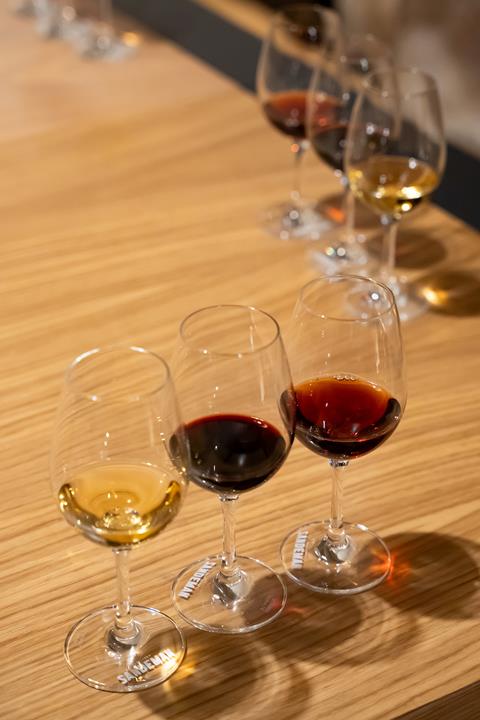
Recognising aromas and finding the right pairing for port is a delicious challenge. Although it might seem that appreciating port is all about flavour, nothing could be further from the truth. Much like feeling the warmth of the Douro valley or inhaling the aromas of the cellars in Vila Nova de Gaia, drinking port should engage all your senses, not just your palate.
To truly appreciate years of labour, slow chemistry, and careful ageing, Guimaraens recommends using a tall glass (a white wine glass will do) so you can swirl the wine, let it breathe, and then smell it.
Back in the Douro valley, under the same warm sun that once ripened grapes, Guimaraens poured some tawny port into a glass and swirled it gently before handing me one. ‘You do this, and you release the aromas,’ he said, swirling his port vigorously. At the risk of looking pretentious, I did it too – and, for the first time, felt I was truly tasting the chemistry behind port.
Bárbara Pinho is a science writer based in Porto, Portugal
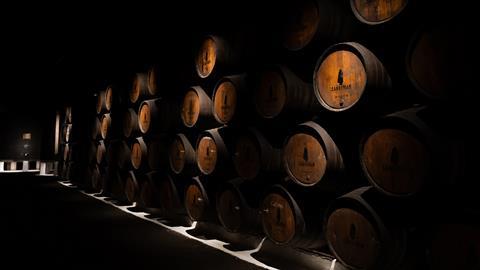






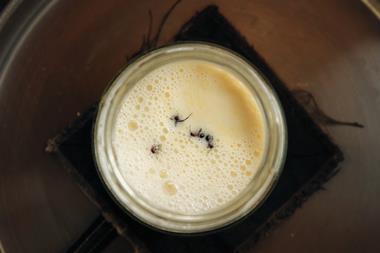


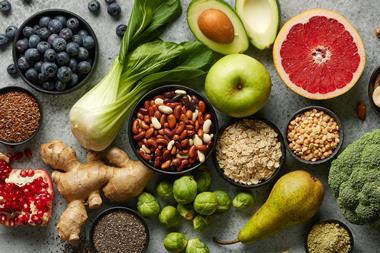
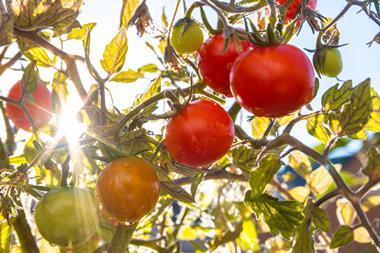

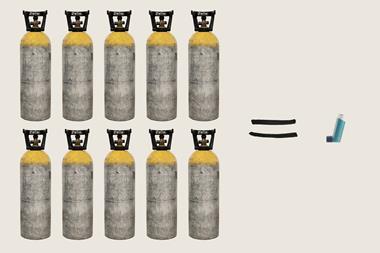

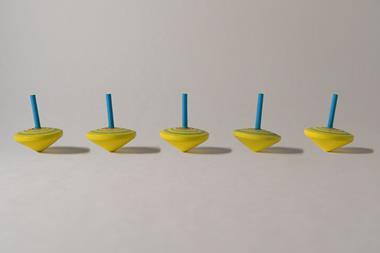


No comments yet